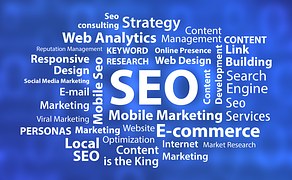Software Development Programs

Computer software, also known as a software program, is a set of instructions and associated documentation that tells a computer what to do or how to perform a task. Everything a computer does is done by using a computer program, from its basic operating system to any one of a myriad number of applications designed to accomplish a specific undertaking.
For example, this article was created using a word processing software program called Microsoft Word that was loaded onto a personal computer running the operating software program, Microsoft Vista. It was originally stored on a program called Trello, which is a collaboration program that organizes projects, and then it was uploaded to WordPress, which is an online, website creation tool. The finished article can then be accessed by a reader using a web browsing program such as Mozilla Firefox or Apple Safari that is used to view web pages on the internet.
Software development is the process of writing and maintaining the source code that underlies all operating systems and applications. It includes all that is involved between the conception of the desired software through to the final manifestation of the program and may include research, new development, prototyping, modification, reuse, re-engineering, maintenance, or any other activities that result in software products.
A software development program is a tool that software developers use to create, debug, maintain, or otherwise support other programs and applications. They include scripting languages such as .NET, C/C++, Java, COBOL, Ajax, HTML, Ruby, PHP, Basic, CSS, SQL, Python, GitHub, jQuery, and many, many more. A software development kit (SDK or “devkit”) is typically a set of software development tools that allows the creation of applications for a certain software package, software framework, hardware platform, computer system, video game console, operating system, or similar development platform.
Many schools, colleges, and online universities offer programs and courses in software and application development. Software developers are in high demand; they’re employed in a range of industries, including computer systems design, electronic product manufacturing, and finance. The Bureau of Labor Statistics projects a 19-percent employment growth for software developers between 2014 and 2024, which is much faster than average for all occupations. In that period, an estimated 135,300 jobs will open up, with a median salary of $98,000 per year.
 1-844-47-Click (1-844-472-5425)
1-844-47-Click (1-844-472-5425)




